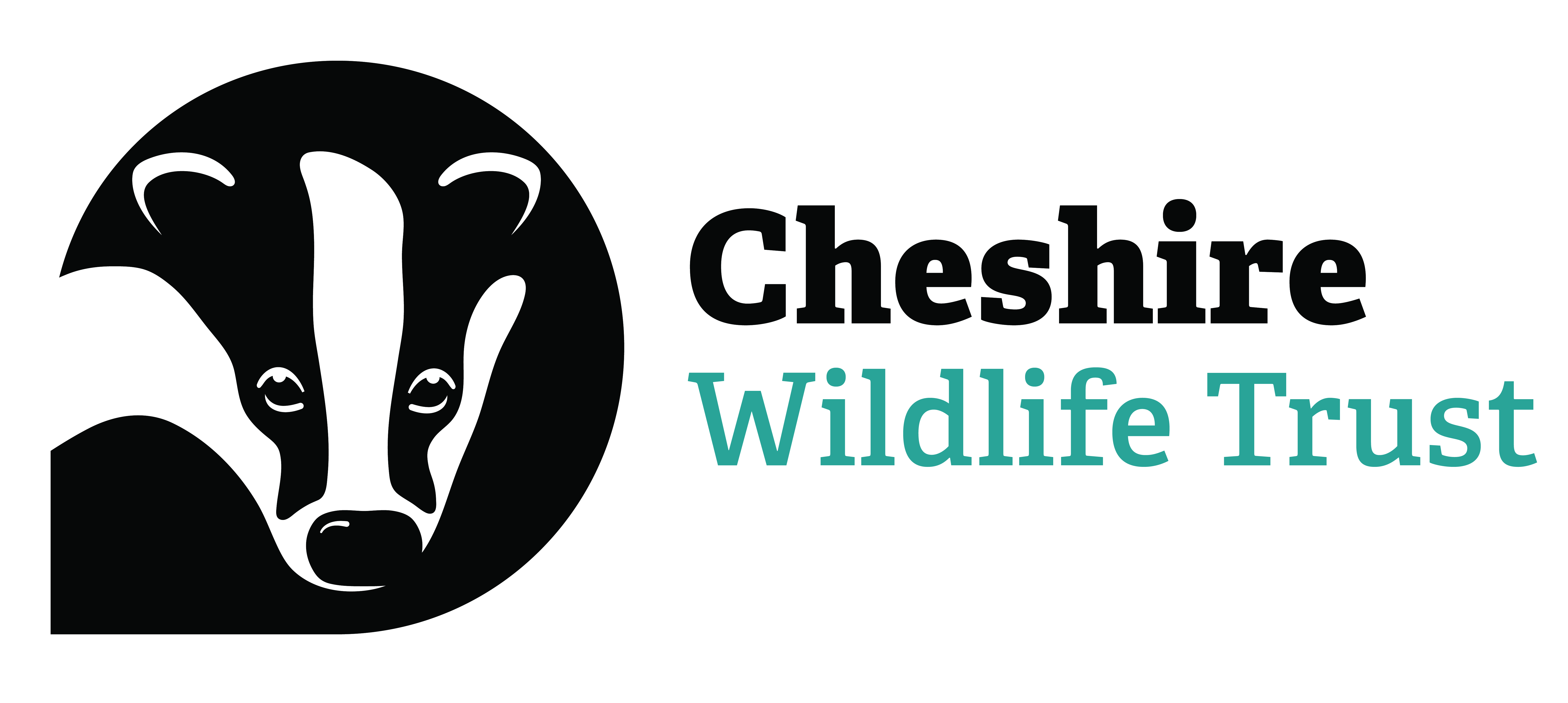Wilder Lives Officer Becky recently visited Bramhall to meet Val, Joan, and Norm from the Friends of Carr Wood volunteer group. Once strangers, this group of locals are now dedicated to looking after their local woodland.
As you enter the woodland, you'll be struck by the towering height of the trees, which create a vast canopy above. A valley lies at the heart of the wood, with a stream meandering through it. You immediately sense that this place is special, and it becomes clear why locals are so passionate about preserving it.
What inspired you to establish this group?
Joan: I suppose it was my long history with the woods. I would come here when I was a little girl, as a brownie, and I can remember playing in the stream. I remember how clean the water was back then and how the banks weren’t eroded. I began taking out invasive species like the Himalayan balsam by myself. But it just kept spreading, and I soon realised I was going to need more people.
Norm: As soon as Joan started the group, I thought brilliant - finally!
Val: We were all very concerned about the declining state of the wood, especially the absence of bluebells. Getting involved felt like a way of doing something good to help sustain it. We now have a task day once a month to help maintain and manage the wood. There’s usually eight or nine of us who join in.
‘Through being a member of the group I have met a lot of lovely people - a real bonus!’
Joan














